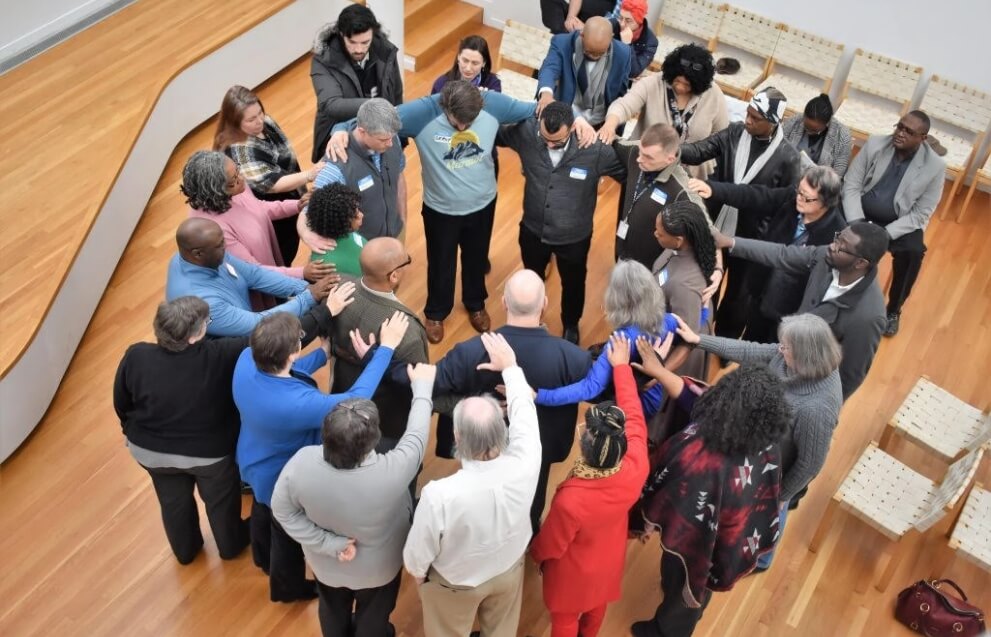
To assist residents in obtaining employment or career development opportunities based on his or her strenths, abilities, and needs.
The Community Violence Prevention Initiative’s mission is to bring the community together to take a stand against violence and bring solutions and violence prevention strategies that affect the entire community.
Training services that assist a person seeking employment to acquire the skills necessary for specific jobs.

Those interested in the service above, please
contact us by e-mail address
We provide assistance in housing that provides stable, supported community living or assists the persons served to obtain and maintain safe, affordable, accessible, and stable housing. The residences in which Community Housing services are provided. In addition, providing workshops on how to apply for housing.
We provide assistance in housing that provides stable, supported community living or assists the persons served to obtain and maintain safe, affordable, accessible, and stable housing. The residences in which Community Housing services are provided. In addition, providing workshops on how to apply for housing.
DonateWe provide education and resources to enroll in alcohol and drug or Mental Health Programs, these services/supports are focused on providing counseling and sober living environments to increase the likelihood of sobriety and abstinence and to decrease the potential for relapse.
We work closely with families to identify their needs and then assist in meeting their goals.
We pre-screen each case then provide assistance in finding resources through the collaboration based on the individual needs In addition, log and follow-up with each case.

Communities should have effective models of emergency shelter and other temporary accommodations available that:
Longer-term temporary accommodations with a high level of supportive services, such as transitional housing programs, are typically more costly, but may fill a need for households with more intensive service needs. These households might include youth and young adults who would benefit from a longer-term, more supportive living environment, survivors of domestic violence or other forms of severe trauma who feel unsafe living on their own in the community, or some people in recovery from substance use disorders who are seeking a communal, recovery-focused environment.
Read More...